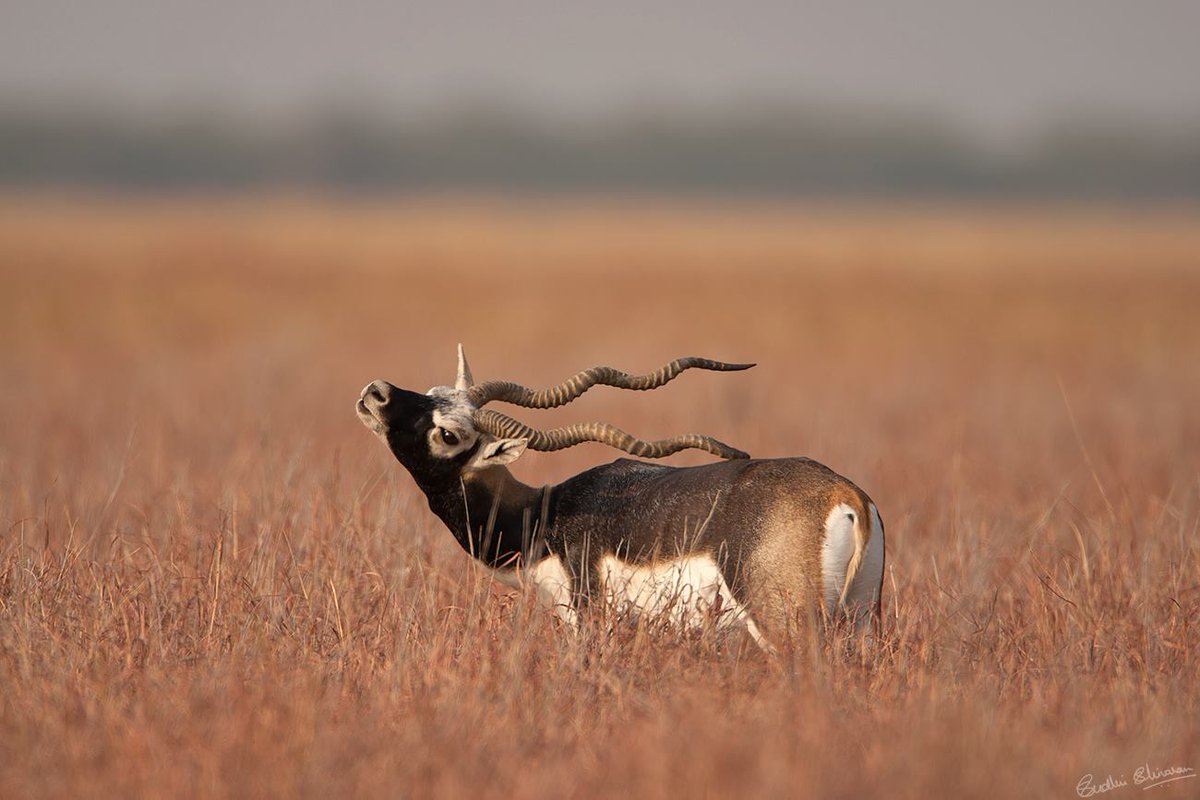It is the motion of the moon among the Nakshatras (“lunar mansions” across the ecliptic) that is used to identify the point of renewal of the year. The Soma liquid in the Yūpa measures the motion of the moon.
No other country in the world has any reference that is even remotely comparable.
Manusmriti describes exactly the places around the Kurukshētra (the seat of the Mahābhārata war) that fall under this region.
“Āryam” means “irrigated”. “Āvarta” means “extent”. “Āryāvarta” literally translates as “the extent of irrigated land”.
Manusmriti marks it between the Himalaya and Vindhya mountains - the fertile Indo-Gangetic plain.
Dumb beyond imagination, considering the actual literary history of the nation.
But these are just broad guidelines, which should be adapted according to space and time context.
The Nāṭyaśāstra extends the notion of Yajña to artistic performance.
इन्द्रं वर्धन्तो अप्तुरः कृण्वन्तो विश्वं आर्यं अपघ्नन्तो अराव्णः
When the whole world is interconnected, the whole world is fit for Yajña.







